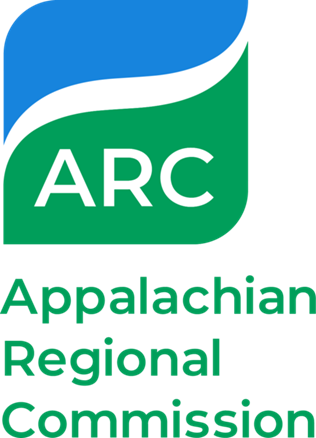Author Area of Expertise
Allen Archer: Health Administration; Quality Improvement; Public Health; Medicine
Melissa White: Maternal and Child Health Epidemiology; Contraceptive Access and Provision; Health Disparities; Rural Health
Megan Quinn: Epidemiology; Public Health; Rural Health; Infectious Disease
Randy Wykoff: Rural Health; Appalachian Health; Preventive Medicine; Pediatrics
Abstract
Introduction: Delays (10-22 months) in availability of official state and county-level mortality data could have significant public health consequences. The COVID-19 pandemic illuminated the need for health officials to access timely death data to identify unexpected increases in mortality in their communities.
Purpose: The purpose of this study is to determine if funeral home listings and/or newspaper obituaries could help identify excess mortality on the local level, prior to the availability of official death records.
Methods: To calculate excess mortality, four years (2017–2020) of data were collected from three sources: the state health department, online funeral home listings, and newspaper obituaries, all from Washington County, Tennessee. Simple linear regression was used to predict number of expected deaths by month for 2020 using 2017, 2018, and 2019 reported deaths, by data source. The percent difference of actual 2020 deaths from the expected deaths was then calculated by month and compared for each data source.
Results: Official COVID-19 state-reported death data accounted for only 50% of excess mortality estimated in 2020. Nearly 100 excess deaths occurred before the first reported death due to COVID-19. Trends in the percent difference between actual and expected funeral home listings and newspaper obituaries followed similar patterns as percent differences in actual v. expected state-reported mortality data.
Implications: Had funeral home listings and newspaper obituaries been used to identify excess mortality, health officials would have seen increases in mortality nearly five months prior to the first identified COVID-19 death. These publicly available tools could prove valuable to local health officials as an “early warning” sign of excess mortality.
DOI
https://doi.org/10.13023/jah.0603.03
Creative Commons License

This work is licensed under a Creative Commons Attribution 4.0 License.
Recommended Citation
Archer A, White M, Quinn M, Wykoff R. Using public funeral and obituary listings to identify spikes in excess mortality in one Appalachian county. J Appalach Health 2024;6(3): 10-26. DOI: https://doi.org/10.13023/jah.0603.03
Included in
Community Health and Preventive Medicine Commons, Other Public Health Commons, Public Health Education and Promotion Commons





Social Media Links